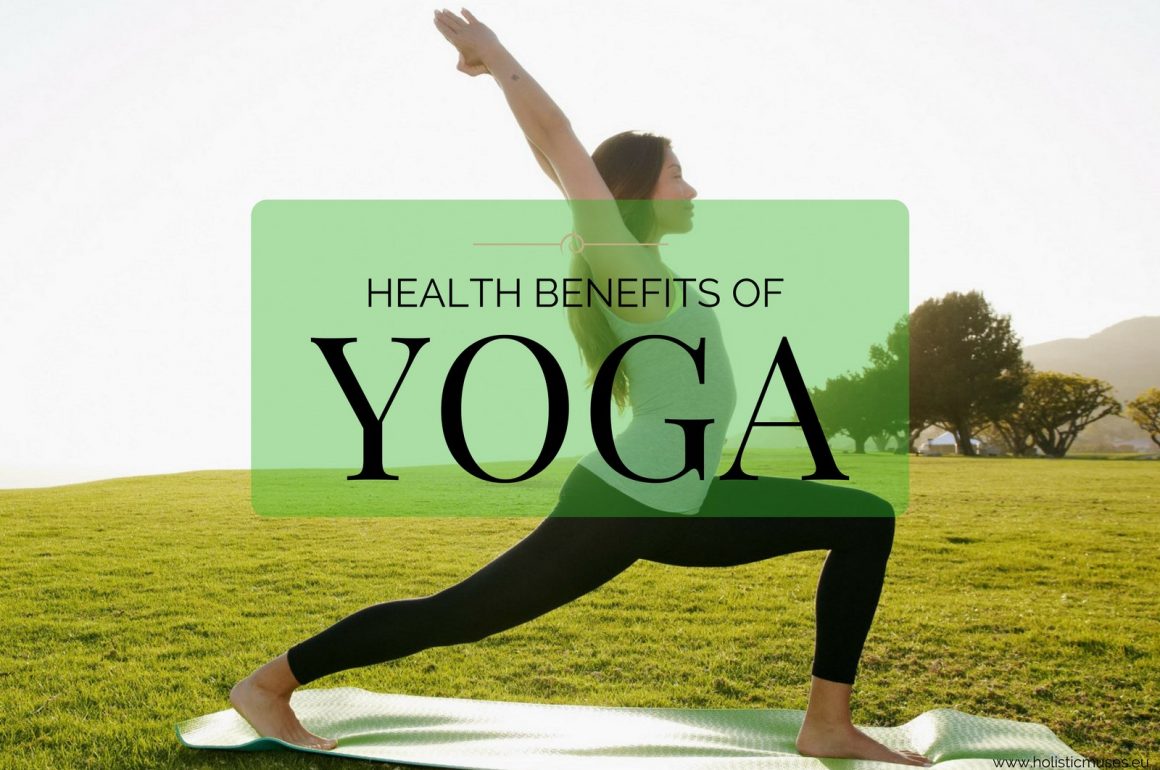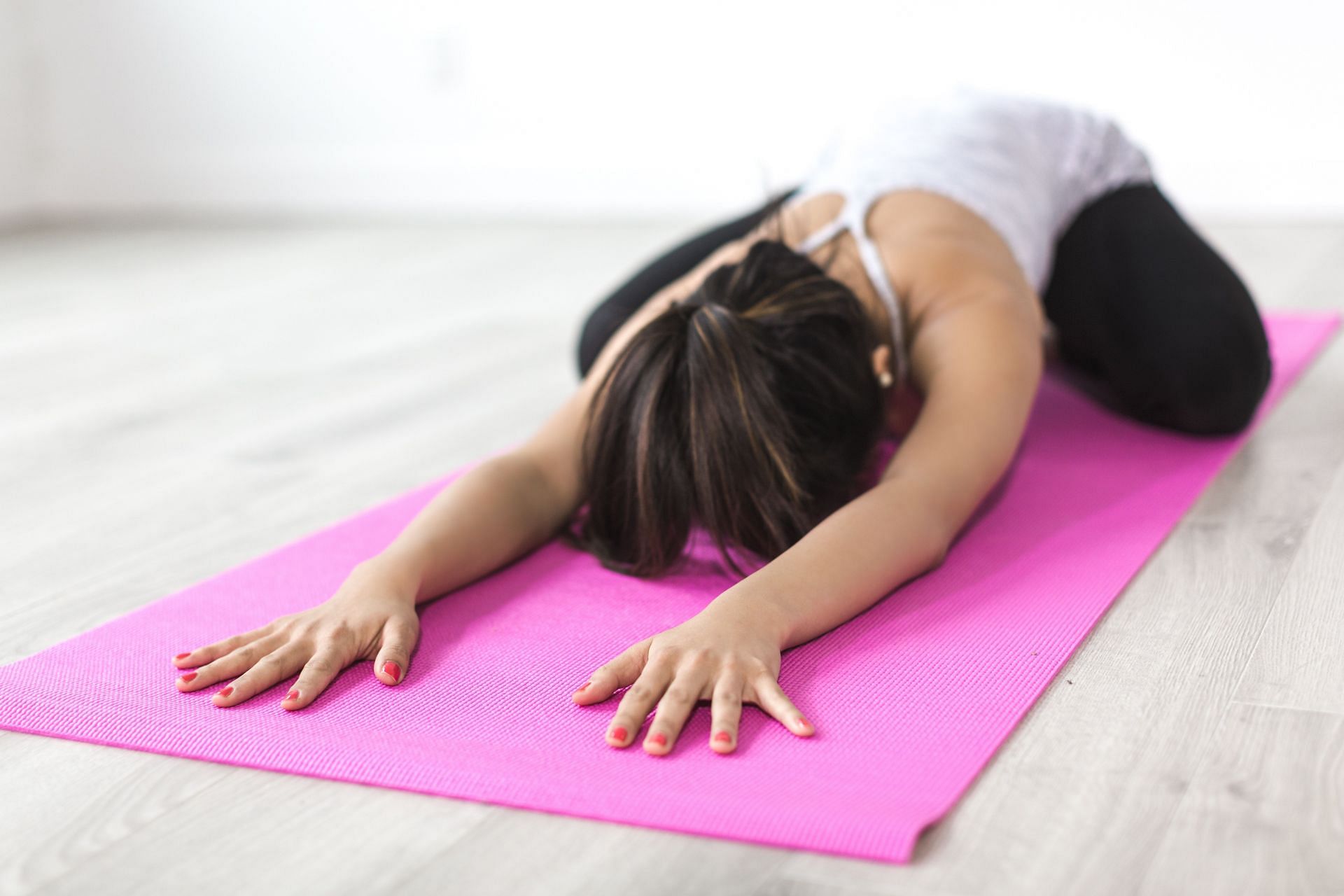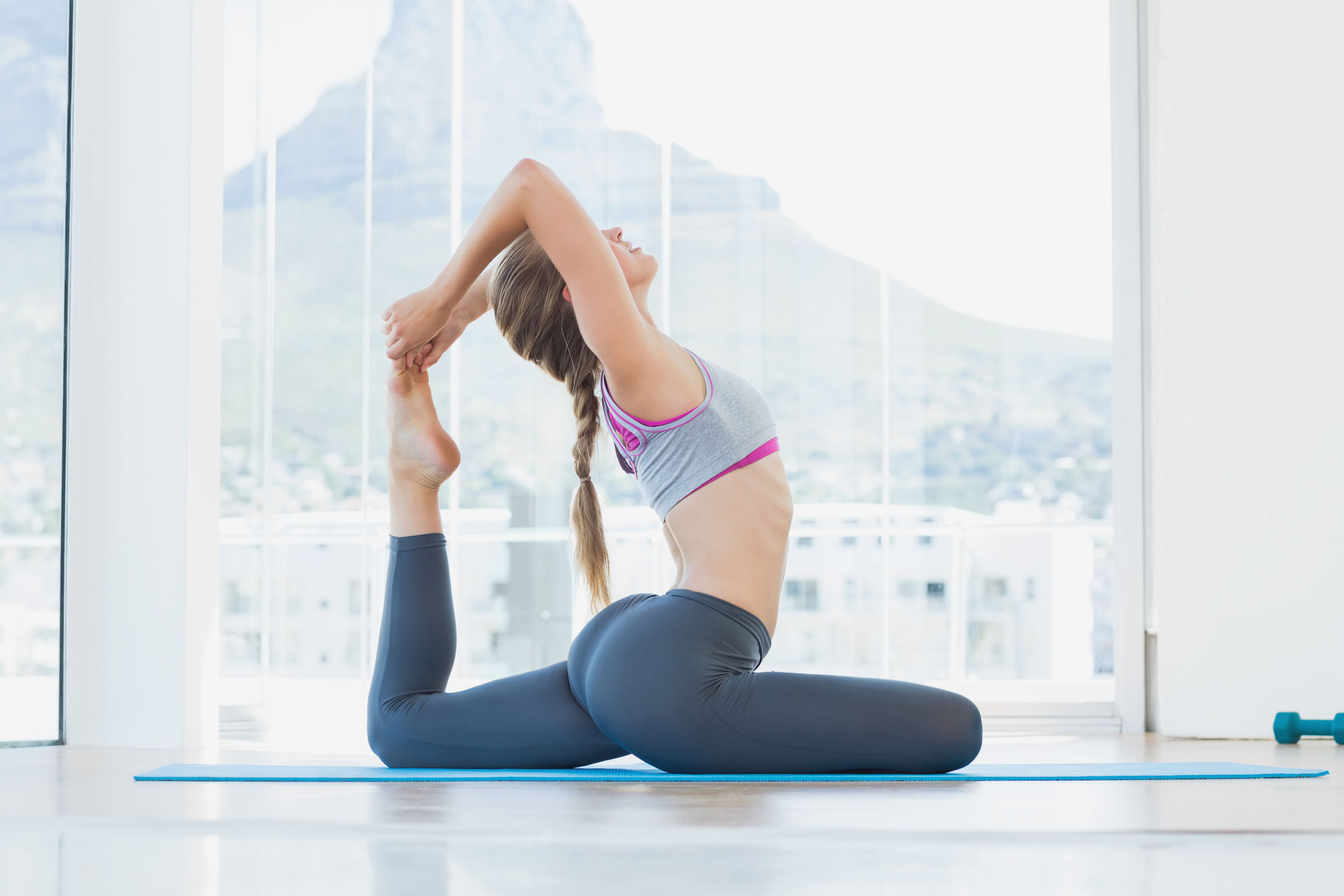Top 10 Advantages of Yoga and Its Benefits on Health

Absolutely! Yoga is an all-encompassing practice that has been around for millennia and offers an extensive variety of physical, mental, and otherworldly advantages. In this paper, we will investigate the different advantages of yoga poses and their various sorts, featuring their effect on actual well-being, mental prosperity, and profound development.
Advantages of Yoga

Actual Wellbeing:
Yoga is eminent for its positive effect on actual well-being. It advances adaptability, strength, and by and large wellness. A portion of the particular actual advantages include:
- Expanded Adaptability: Standard yoga poses can altogether further develop adaptability by extending and protracting the muscles. This can decrease the gamble of wounds and further development.
- Upgraded Strength: Numerous yoga poses require body weight opposition, which can prompt expanded muscle strength. It can likewise help safeguard against conditions like osteoporosis.
- Further developed Stance: Yoga supports familiarity with body arrangement and stance. This mindfulness can assist people with keeping up with great stances in their day-to-day routines.
- Better Equilibrium: Different yoga poses and successions work on equilibrium and coordination. Further developed equilibrium can decrease the gamble of falls, particularly in the older.
- Relief from discomfort: Yoga can assist with reducing constant agony conditions like back torment, joint inflammation, and headaches. It does this by further developing muscle strength and adaptability and advancing unwinding.
- Improved Cardiovascular Wellbeing: Certain types of yoga, such as Vinyasa or Power Yoga, can give cardiovascular exercise, expanding pulse and advancing general heart well-being.
- Weight The executives: Some yoga styles can add to weight the board through calorie consumption and stress decrease. Despite the fact that it may not be basically as extraordinary as different types of activity, it very well may be essential for an all-encompassing way to deal with keeping a sound weight.
Watch Also: Live Streaming of World Cup 2023
Mental Prosperity:
The psychological advantages of yoga are similarly huge and include:
- Stress Decrease: One of the most notable advantages of yoga poses is its capacity to diminish pressure. Yoga supports care and unwinding, which can bring down cortisol levels and decrease the effect of weight on the body and psyche.
- Mental Lucidity: Normal practice improves mental clearness and fixation. It assists people with zeroing in on the current second and works on mental capability.
- Close to Home Equilibrium: Yoga can significantly affect profound prosperity. It oversees state-of-mind problems like melancholy and tension by advancing the arrival of feel-great synapses like serotonin.
- Further developed Rest: Rehearsing yoga poses can prompt better rest designs. The unwinding strategies and stress decrease related to yoga can assist people with nodding off quicker and partake in a more soothing night’s rest.
- Upgraded Mindfulness: Yoga energizes contemplation and mindfulness, assisting individuals with better grasping their considerations, feelings, and ways of behaving.
- Mental Versatility: Yoga can work on the capacity to adapt to life’s difficulties. It advances a feeling of quiet and mental flexibility, making it simpler to manage difficulty.
- Tension Decrease: Standard practice can lessen the side effects of uneasiness problems and assist people with dealing with their fears and sentiments.
Profound Development:
For some, yoga is a profound practice that goes past the physical and mental viewpoints. It can advance otherworldly development in different ways:
- Association with Self: Yoga energizes self-investigation and self-acknowledgment, permitting people to interface with their internal identities and foster a more profound comprehension of what their identity is.
- Association with Others: Yoga frequently accentuates the interconnectedness of every living being. This can prompt a feeling of the local area and a sensation of unity with others.
- Care and Presence: Yoga advances care, which includes being completely present at the time. This can prompt a more profound feeling of otherworldliness and a nearer association with the universe.
- Greatness: A few types of yoga, for example, Kundalini and Bhakti, center around rising above oneself and encountering higher conditions of cognizance, which can be viewed as a type of profound arousing.
Sorts of Yoga
There are different sorts of yoga, each with its own special methodology and advantages. Here are probably the most famous sorts of yoga:
- Hatha Yoga: Hatha yoga is a fundamental structure that underlines actual stances (asanas) and breath control (pranayama). It is a brilliant decision for fledglings as it gives a balanced prologue to yoga.
- Vinyasa Yoga: Vinyasa, or stream yoga, is a powerful style that joins breath with development. It is known for its cardiovascular advantages, adaptability, and strength-building.
- Ashtanga Yoga: Ashtanga is an incredible and organized practice that follows a particular succession of stances and is known for its physical and mental difficulties.
- Iyengar Yoga: Iyengar yoga is profoundly centered around arrangement and accuracy. It involves props like belts and blocks to help with accomplishing the right stances.
- Bikram Yoga: Bikram, or hot yoga, includes a progression of 26 testing presents rehearsed in a room warmed to a high temperature. This kind of yoga is expected to advance detoxification through sweat.
- Kundalini Yoga: Kundalini yoga centers around arousing and raising the Kundalini energy, which is accepted to be situated at the foundation of the spine. It joins stances, breathing activities, and reflection to accomplish this.
- Yin Yoga: Yin yoga includes holding stances for a lengthy period (commonly 3-5 minutes) to focus on the connective tissues and further develop adaptability. It is a sluggish and thoughtful practice.
- Helpful Yoga: Helpful yoga is a profoundly loosening-up training that utilizations props to help the body in uninvolved postures. It is amazing for pressure help and unwinding.
- Power Yoga: Power yoga is a focused energy practice that consolidates yoga presents with strength and cardio works out. It is much of the time picked by those searching for an overwhelming exercise.
- Anusara Yoga: Anusara yoga underlines the festival of the heart and spotlights on an arrangement, with a solid accentuation on local area and inspiration.

Every one of these kinds of yoga offers interesting advantages and takes care of various inclinations and objectives. The decision of yoga style relies upon individual necessities and goals.
Yoga for Amateurs
- Begin Slow: On the off chance that you’re new to yoga, start with a delicate and novice cordial style, like Hatha or Vinyasa for fledglings. These styles center around essential postures and arrangement.
- Track down a Certified Teacher: Consider taking a couple of classes with a guaranteed yoga for fledglings who can direct you through the stances, give criticism, and guarantee you’re rehearsing securely.
- Use Props: Yoga props like blocks, lashes, and supports can assist with making presents more open and agreeable. Feel free to them if necessary.
- Stand by listening to Your Body: Focus on how your body feels during the training. Never drive yourself into a representation that causes torment or uneasiness. It’s crucial to honor your body’s restrictions and progressively work on further developing adaptability and strength.
- Inhale Carefully: Breath is a major piece of yoga. Center around profound, cadenced breathing to assist you with remaining present and quiet during your training.
- Consistency is Vital: Normal practice, regardless of whether it’s only a couple of moments every day, is more useful than intermittent long meetings. Consistency assists you with developing fortitude and adaptability.
- Dress Serenely: Wear agreeable, breathable attire that permits you to openly move. You needn’t bother with any extraordinary yoga clothing; simply wear what causes you to feel great.
- Establish a Loosening up Climate: Track down a calm space with insignificant interruptions for your training. A quiet environment can improve the advantages of yoga.
- Warm-Up: Prior to beginning your yoga meeting, warm up your body with some delicate stretches to plan for the further developed presence.
- Remain Receptive: Move toward yoga with a receptive outlook and a feeling of interest. It’s an excursion of self-revelation, and everybody advances at their own speed.

Fundamental Novice’s Yoga Schedule
Here is a straightforward yoga routine for novices. These postures are moderately simple and will assist you with beginning your yoga process. Make sure to move gradually and carefully, zeroing in on your breath and arrangement:
- Mountain Posture (Tadasana): Stand with your feet hip-width separated, arms at your sides, and palms looking ahead. Root down through your feet, connect with your center, and stand tall. This is a fundamental representation that further develops stance and equilibrium.
- Kid’s Posture (Balasana): Bow on the floor with your enormous toes contacting and knees separated. Sit out of sorts and arrive at your arms forward, laying your brow on the mat. This is a loosening-up representation that extends the back and helps discharge pressure.
- Feline Cow Posture: Start on all fours in a tabletop position. Breathe in, curve your back, and lift your head (Cow Posture). Breathe out, round your back, and fold your jaw (Feline Posture). Rehash this stream a few times to work on spinal adaptability.
- Descending Confronting Canine (Adho Mukha Svanasana): From the tabletop position, fold your toes, lift your hips, and fix your legs. Your body ought to frame a transformed Angular shape. Press your palms into the mat and connect with your center. This posture extends the whole body, especially the hamstrings and back.
- Champion I (Virabhadrasana I): Step your right foot forward between your hands, twist your right knee, and expand your arms above. Your back foot ought to be at a 45-degree point. This posture fortifies the legs and opens the chest.
- Champion II (Virabhadrasana II): From Fighter I, open your hips aside, stretch out your arms out to the sides, and look over your right hand. This posture further develops strength and perseverance in the legs and opens the hips.
- Span Posture (Setu Bandha Sarvangasana): Lie on your back with your knees bowed and feet hip-width separated. Lift your hips off the ground, squeezing into your feet and drawing in your glutes. This posture fortifies the back, rump, and hams











